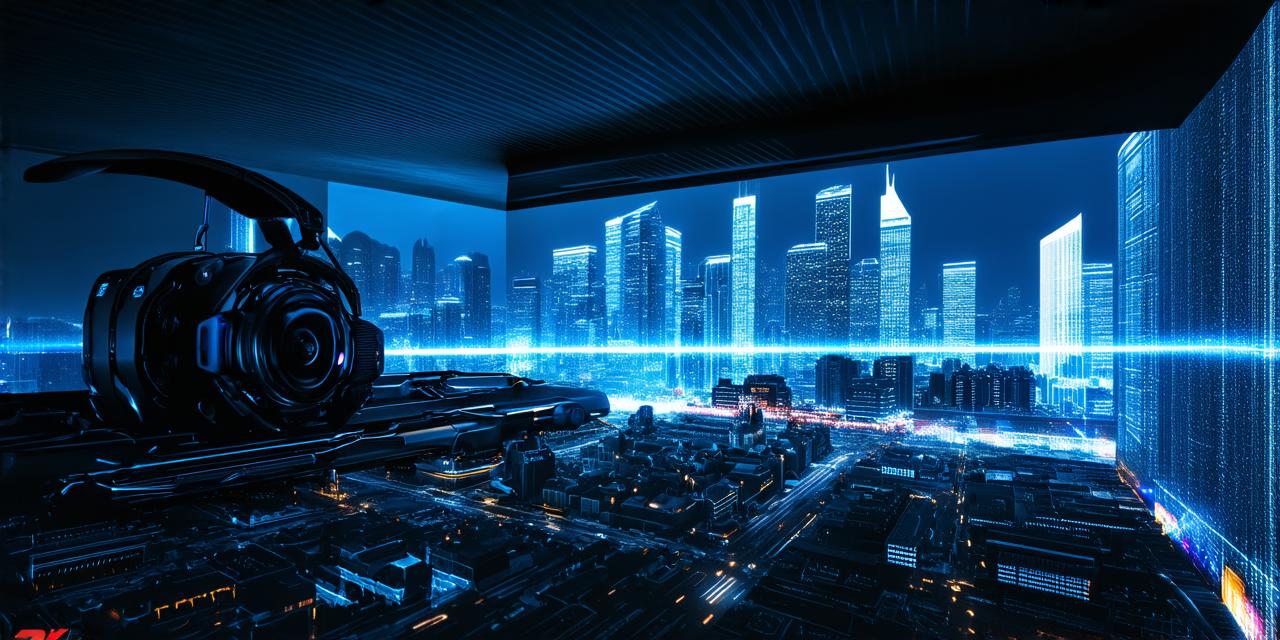Introduction
Augmented reality (AR) is an ever-evolving technology that continues to reshape various industries, including gaming, marketing, healthcare, and education. As we enter a new year, it’s essential to stay up-to-date on the latest AR trends and innovations to remain competitive in the industry.
1. Wearable Augmented Reality Devices
Wearable AR devices have been gaining popularity in recent years as they provide users with an immersive and interactive experience. These devices include smart glasses, headsets, and watches that incorporate AR technology into their design. In 2023, we can expect to see more advancements in wearable AR devices, such as improved battery life, better graphics, and enhanced functionality.
One example of a wearable AR device is the Apple AirPods Max, which features a built-in augmented reality experience through its spatial audio feature. This feature uses sensors to track head movement and adjusts sound distribution in real-time, creating an immersive audio experience that enhances the overall AR experience.
2. Augmented Reality Furniture and Home Decor
AR technology is also being used to create virtual furniture and home decor, allowing users to visualize how a piece of furniture would look in their space before making a purchase. In 2023, we can expect this trend to continue as more retailers integrate AR into their online stores, providing customers with a more immersive shopping experience.
One example of an AR-enabled furniture and home decor application is IKEA Place, which allows users to see how IKEA furniture would look in their space before making a purchase. The app uses AR technology to create a virtual representation of the room and place the furniture within it, giving users a better sense of how the piece would fit into their space.
3. Augmented Reality in Healthcare
AR technology has the potential to revolutionize healthcare by providing doctors and patients with a more accurate and efficient way to diagnose and treat conditions. In 2023, we can expect to see more advancements in AR-enabled medical procedures and treatments.
One example of an AR-enabled medical procedure is the use of AR technology during surgery. Surgeons can use AR headsets to visualize patient anatomy in real-time, allowing them to perform complex procedures with greater accuracy and precision. This technology has already been used successfully in procedures such as cranial surgeries and cardiac procedures.
4. Augmented Reality Education
AR technology is also being integrated into education, providing students with a more interactive and engaging learning experience. In 2023, we can expect to see more advancements in AR-enabled educational tools and applications.
One example of an AR-enabled educational tool is the Aurasma app, which allows teachers to create interactive lesson plans that incorporate AR technology. The app enables students to scan a physical object, such as a book or textbook, and access additional content related to the subject matter. This technology has already been used successfully in subjects ranging from history to science.
5. Augmented Reality in Gaming
AR technology is revolutionizing the gaming industry by providing users with an immersive and interactive gaming experience. In 2023, we can expect to see more advancements in AR-enabled games and applications.
One example of an AR-enabled game is the popular mobile game, Pokémon Go. The game uses AR technology to allow players to capture virtual creatures in real-world environments. The game has been incredibly successful, with millions of users downloading it since its release in 2016.
Conclusion
In conclusion, augmented reality technology is rapidly evolving and will continue to shape various industries in 2023. As wearable AR devices become more advanced, virtual furniture and home decor will become more immersive, healthcare procedures will become more precise, education will become more interactive, and gaming will become more immersive. It’s essential for developers to stay up-to-date on these latest trends and innovations to remain competitive in the industry. By embracing AR technology, developers can create innovative applications that provide users with an unforgettable experience.

